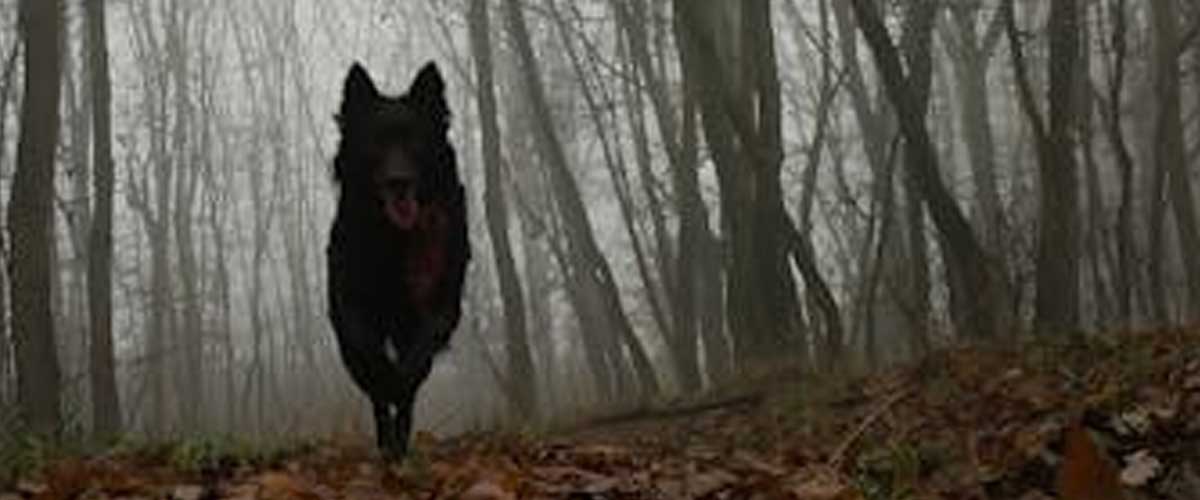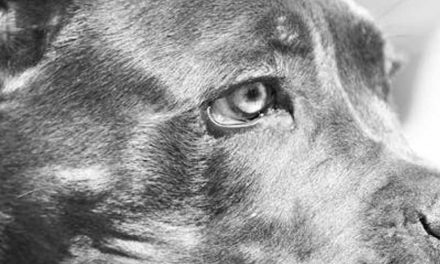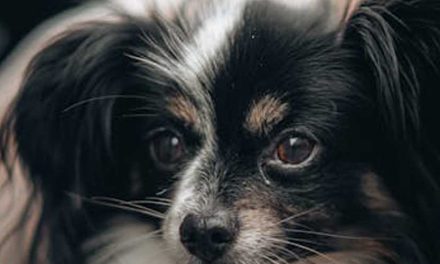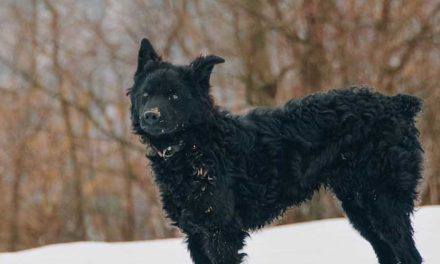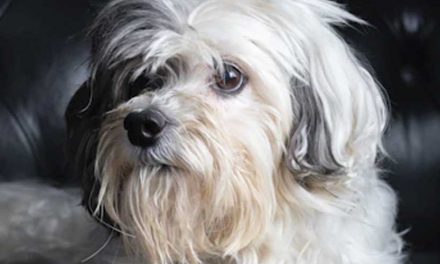The Mudi is a lesser-known yet fascinating dog breed that originates from Hungary.
Renowned for its herding abilities, intelligence, and medium-sized stature, the Mudi has garnered attention as an ideal companion for active families and individuals alike.
With a rich history and distinctive traits, it’s no surprise that those familiar with the breed are passionate about its many qualities.
Historical Background
The Mudi’s roots can be traced back to the 19th century in Hungary, where they were developed primarily as herding dogs.
They are believed to be a mix of various breeds, including the Puli and the German Shepherd, which contributed to their agility and versatility.
Traditionally, Mudis were invaluable to farmers, adept at managing livestock and performing various tasks on the farm.
Officially recognized as a breed by the Hungarian Kennel Club in 1936, the Mudi has gained popularity not only in Hungary but also in various parts of Europe and the United States.
Despite being relatively rare, their unique qualities and striking appearance continue to attract enthusiasts.
Physical Characteristics
The Mudi is a medium-sized dog, typically weighing between 20 to 30 pounds and standing about 16 to 20 inches tall at the shoulder.
One of its most distinctive features is its curly or wavy coat, which can come in a variety of colors, including black, white, gray, and merle.
The breed has a well-defined, muscular body, a long tail, and pointed ears that stand erect, giving them an alert and intelligent appearance.
Temperament and Personality
Mudik dogs are known for their high energy levels and keen intelligence.
They are extremely trainable and thrive in environments that challenge their minds and bodies.
This breed has a playful and friendly disposition, making them excellent companions for families with children.
Mudik dogs are also known for their loyalty and protective instincts, making them vigilant watchdogs.
They tend to bond closely with their families and can be reserved with strangers, showcasing their protective nature.
Exercise and Training
Given their herding background, Mudis require regular exercise to maintain their physical and mental health.
Daily walks, playtime, and activities such as agility training or obedience classes can help keep them engaged and happy.
They excel in various dog sports, making them a favorite among active dog owners.
Training a Mudi is usually a rewarding experience due to their intelligence and eagerness to please.
Positive reinforcement techniques work best, as they respond well to encouragement over harsh training methods.
Consistency and early socialization are crucial to ensure they grow into well-adjusted adult dogs.
Health and Grooming
The Mudi is generally a healthy breed, but like all dogs, they can be susceptible to certain health issues, including hip dysplasia and eye conditions.
Regular veterinary check-ups and a healthy diet are essential to help prevent potential health problems.
Grooming a Mudi is relatively straightforward.
Their coat requires regular brushing to prevent matting, particularly if they have a wavier coat.
Bathing should be done as needed, and regular checks on their ears and teeth will contribute to their overall well-being.
Conclusion
The Mudi is a unique breed that brings a blend of intelligence, agility, and loyalty to any household.
Their remarkable versatility as herding and companion dogs makes them suitable for various lifestyles, from active families to those looking for a devoted friend.
Whether you’re looking for an engaging partner in outdoor activities or a loyal companion, the Mudi may be the perfect match for you.
As interest in this breed continues to grow, it’s important to ensure that potential owners are well-informed and prepared to meet the needs of these incredible dogs.

